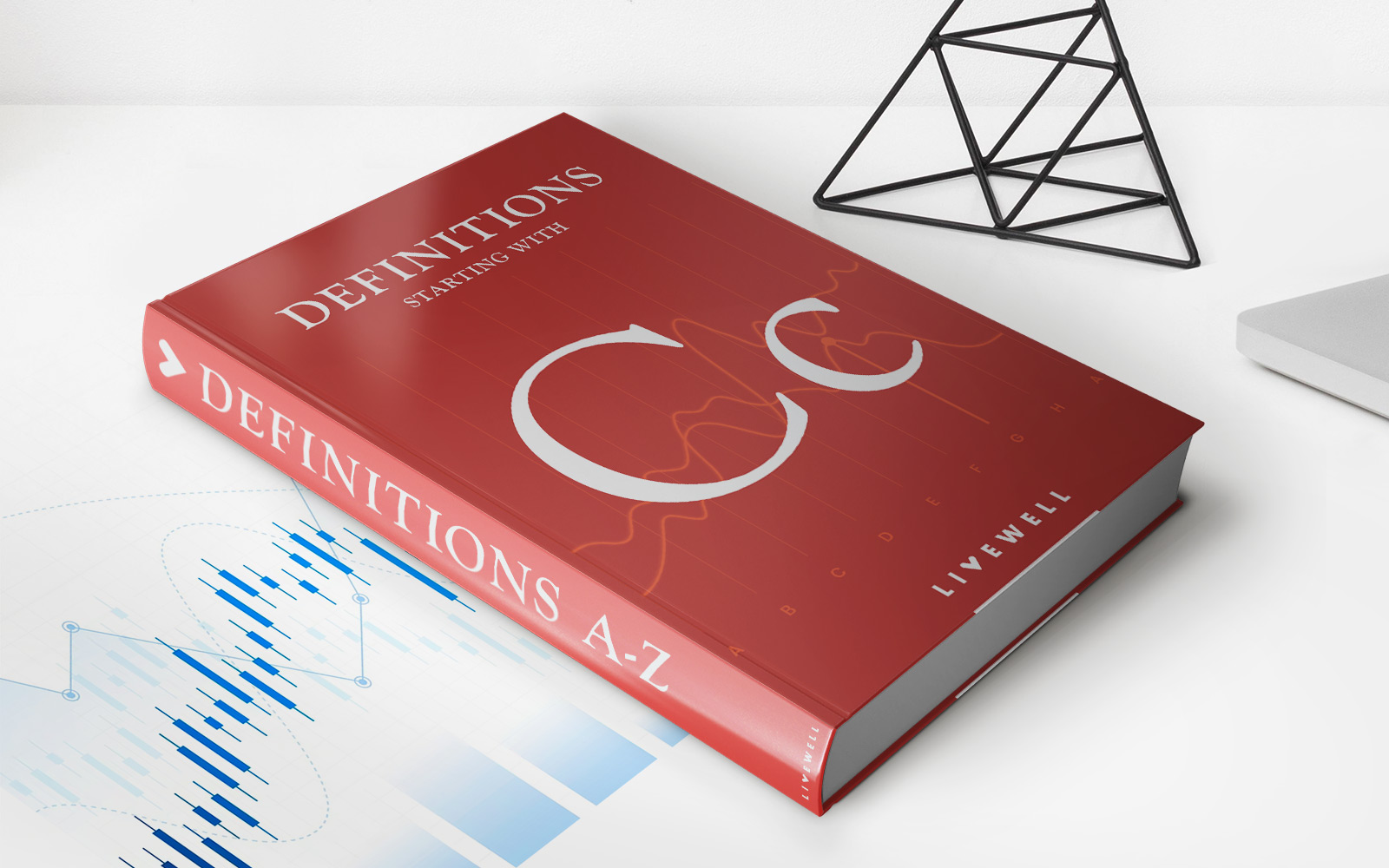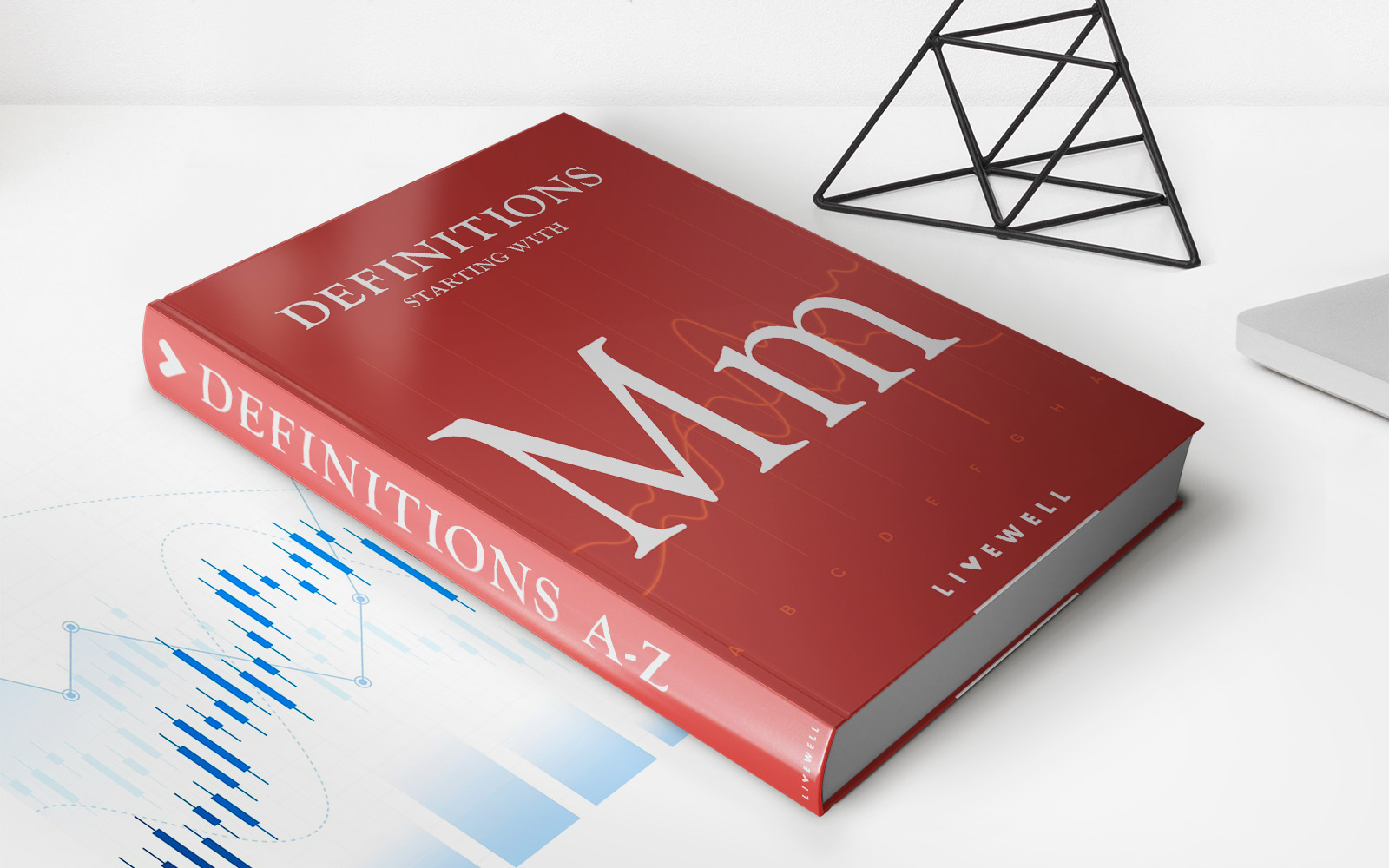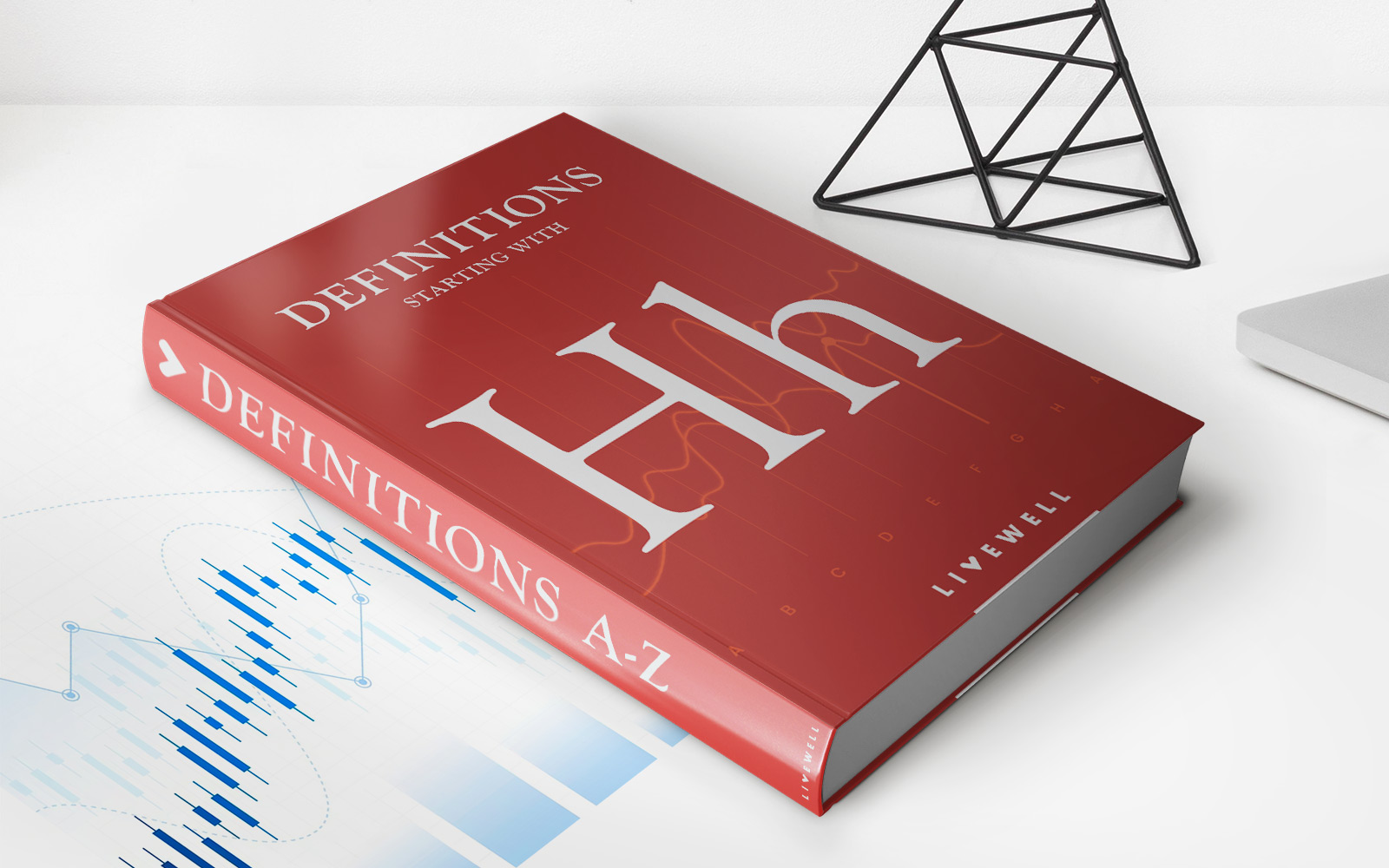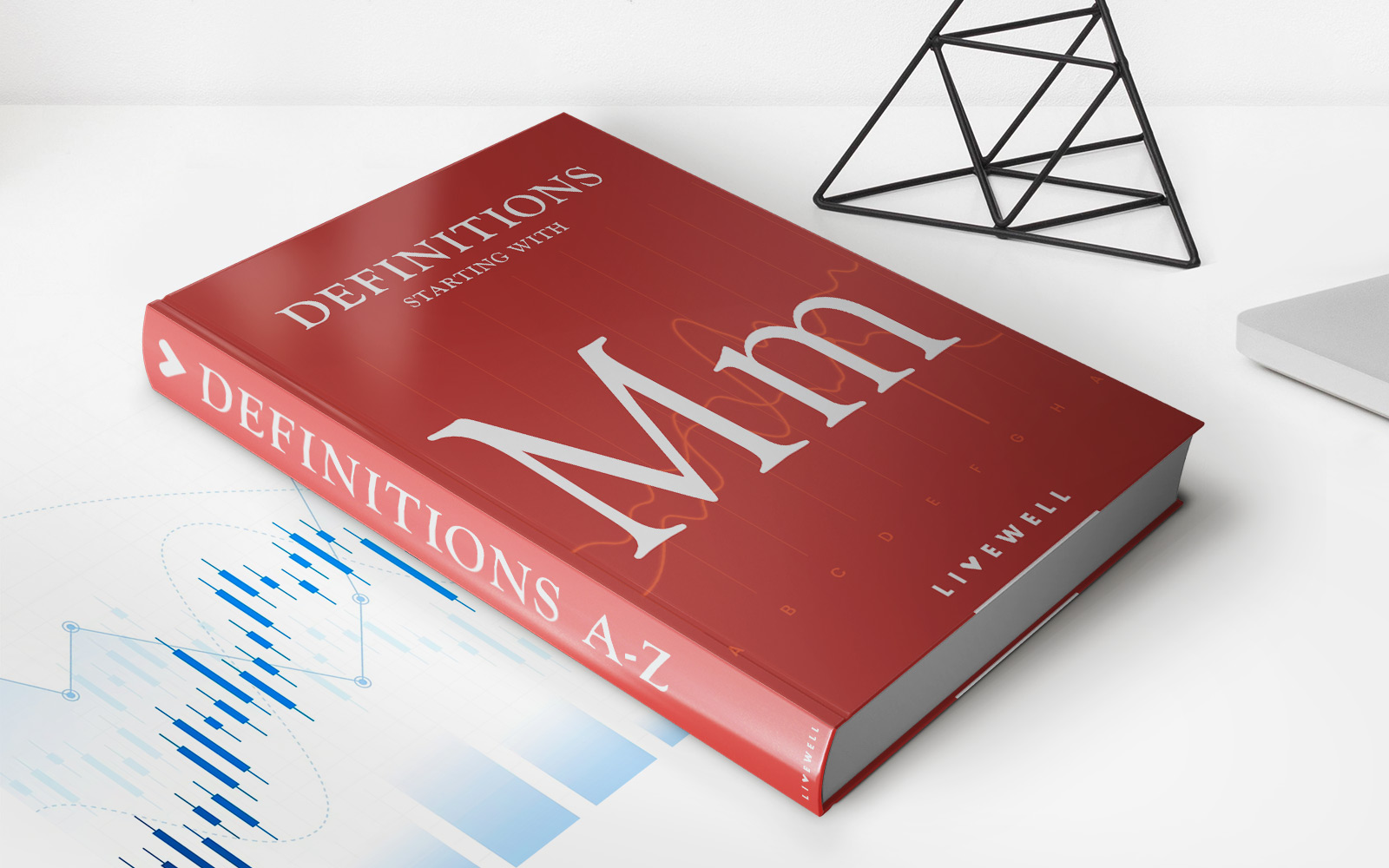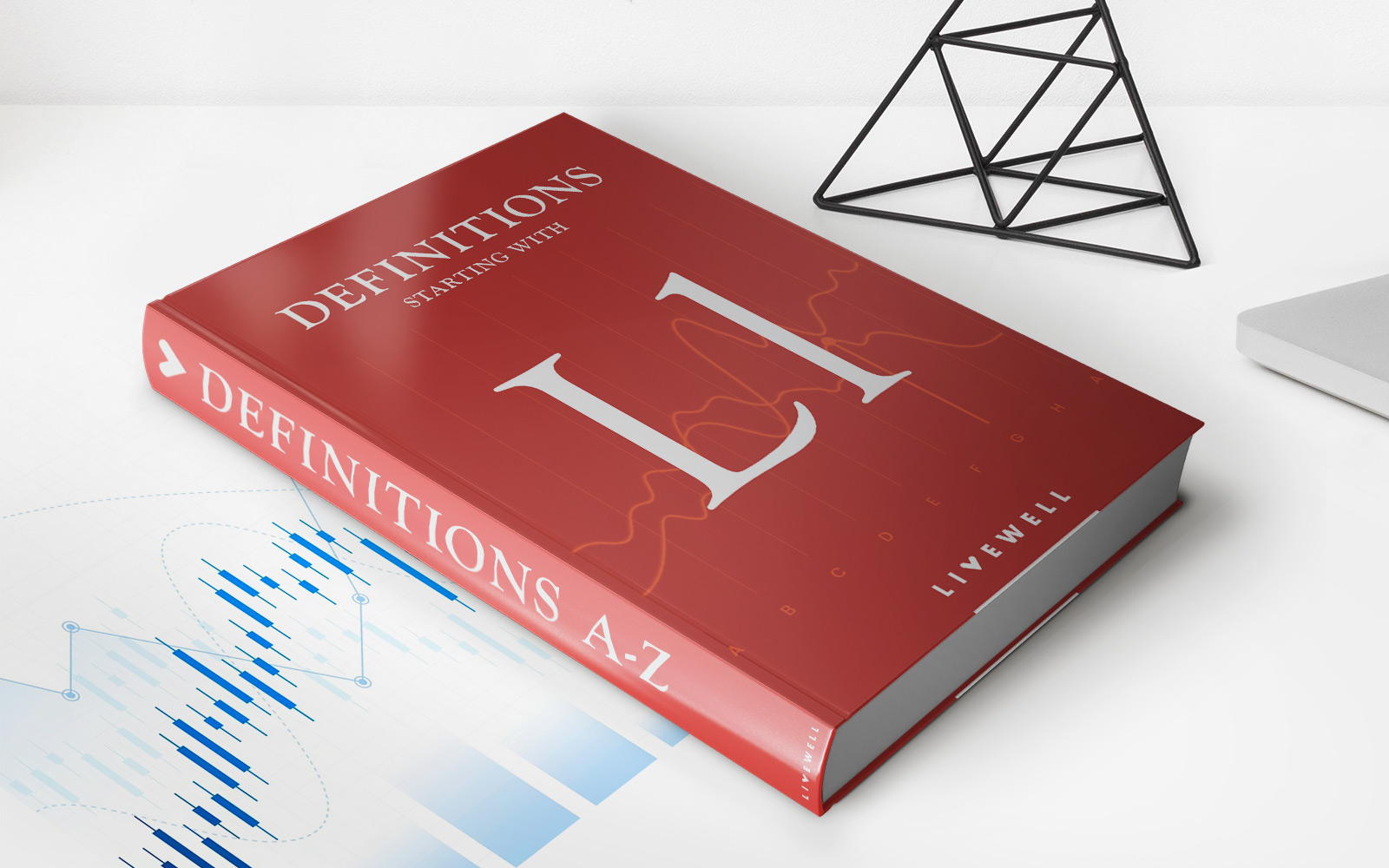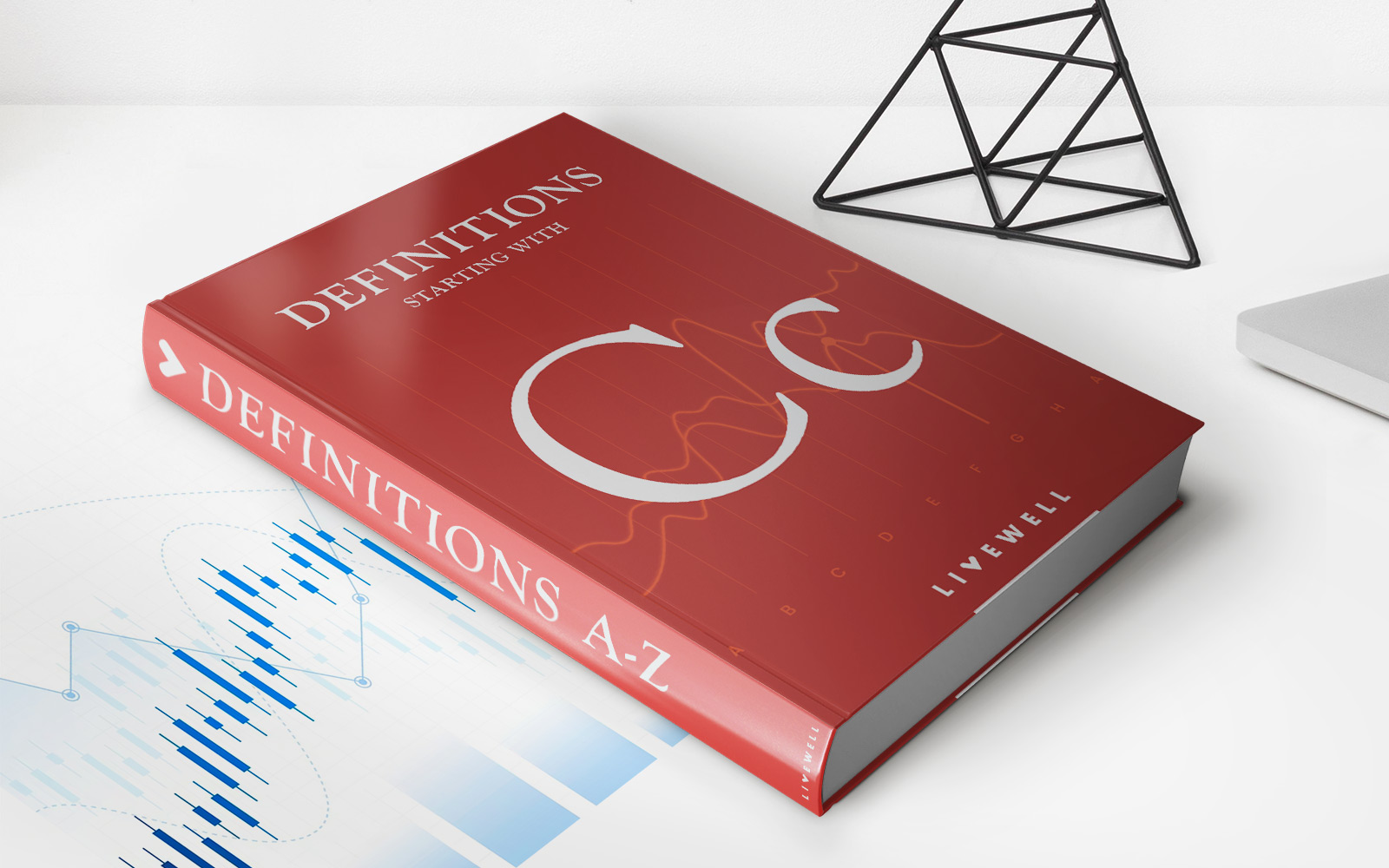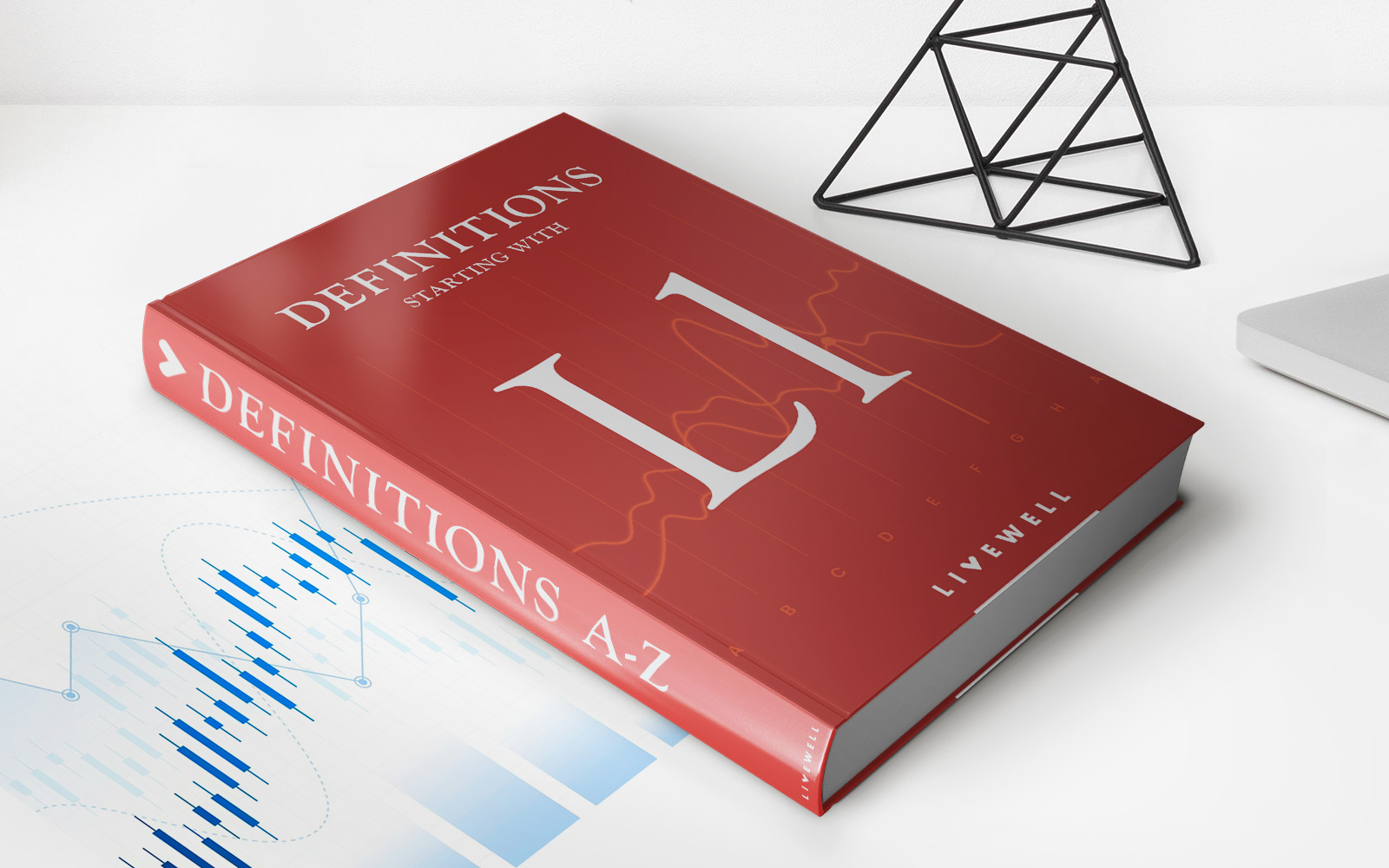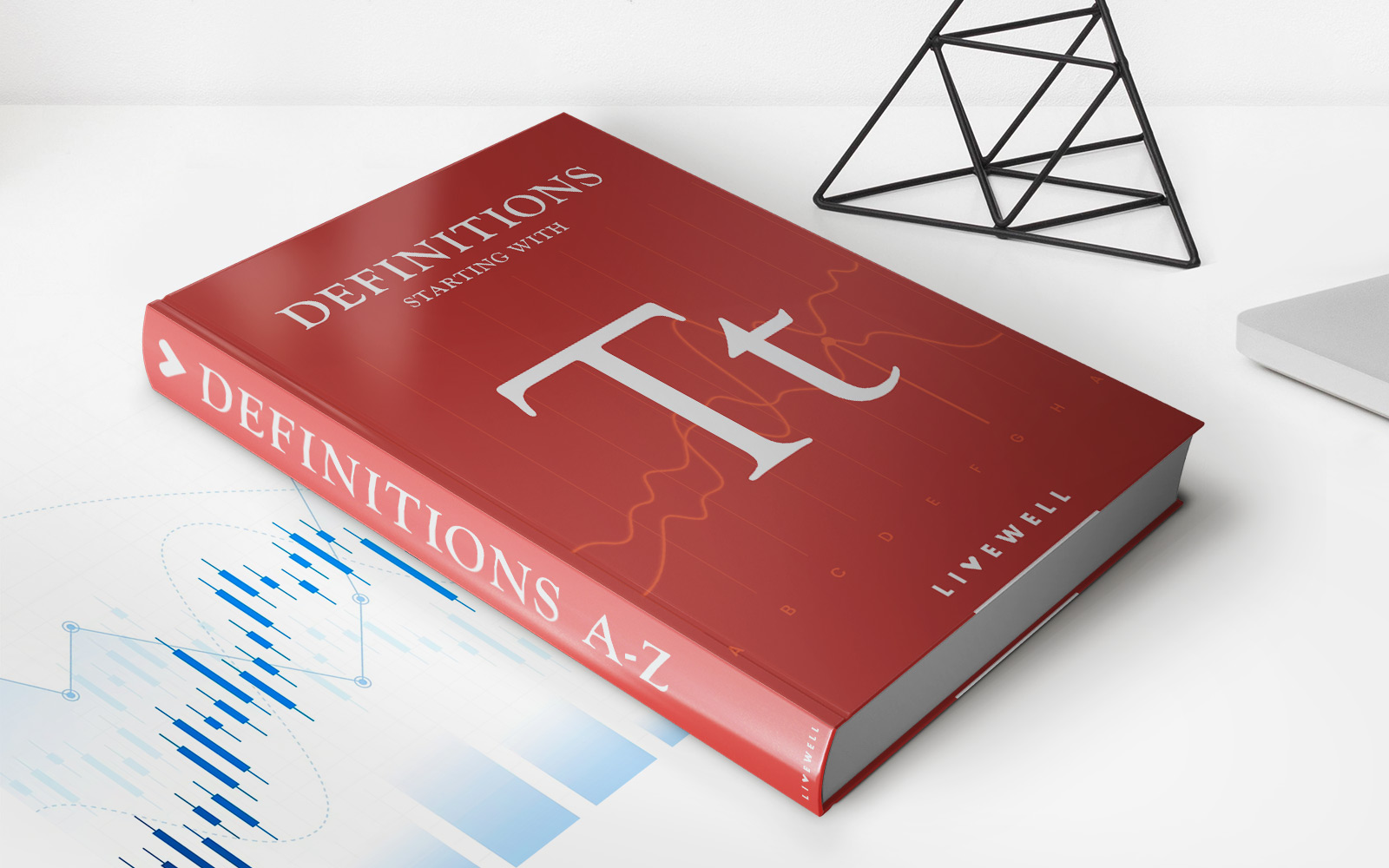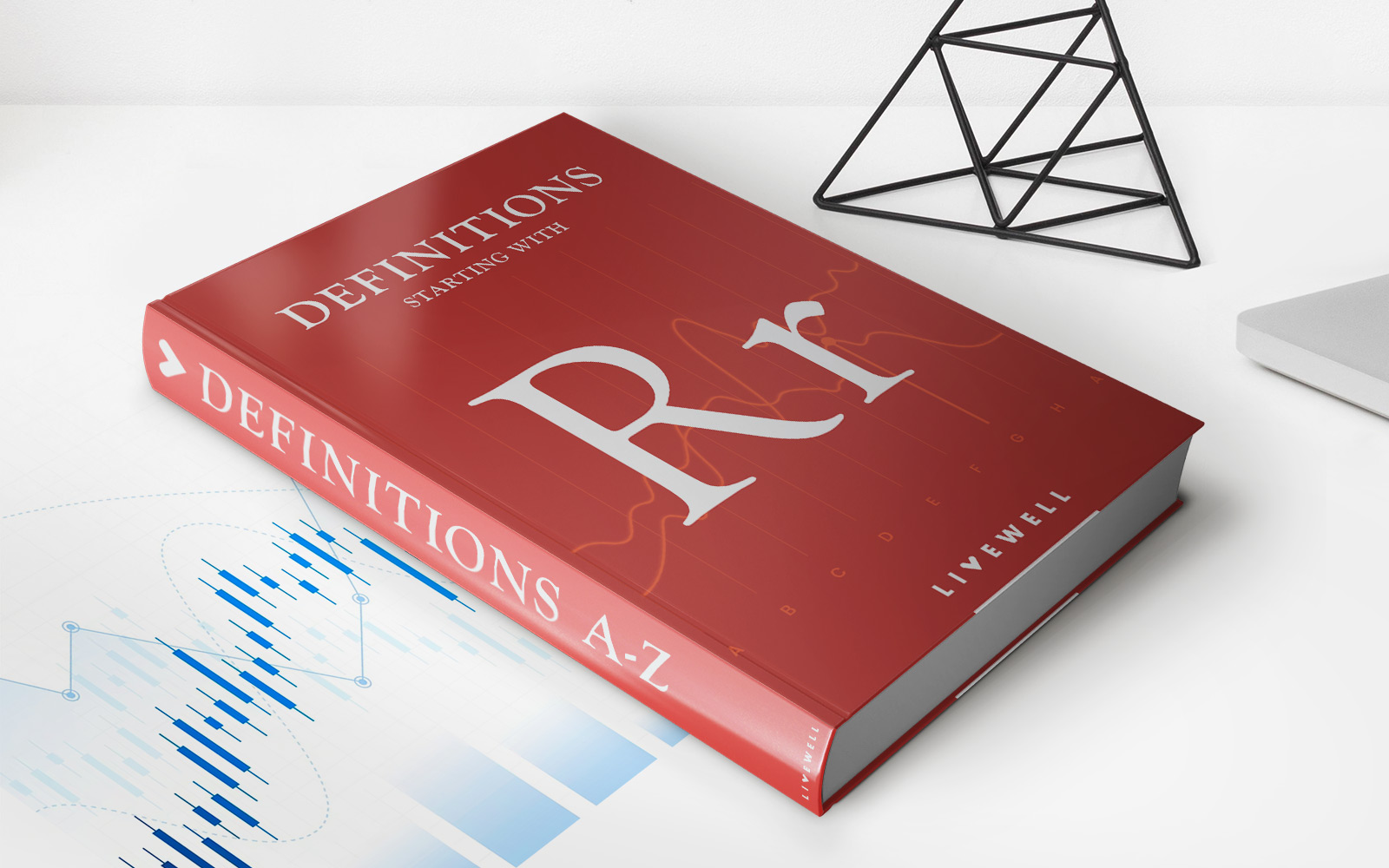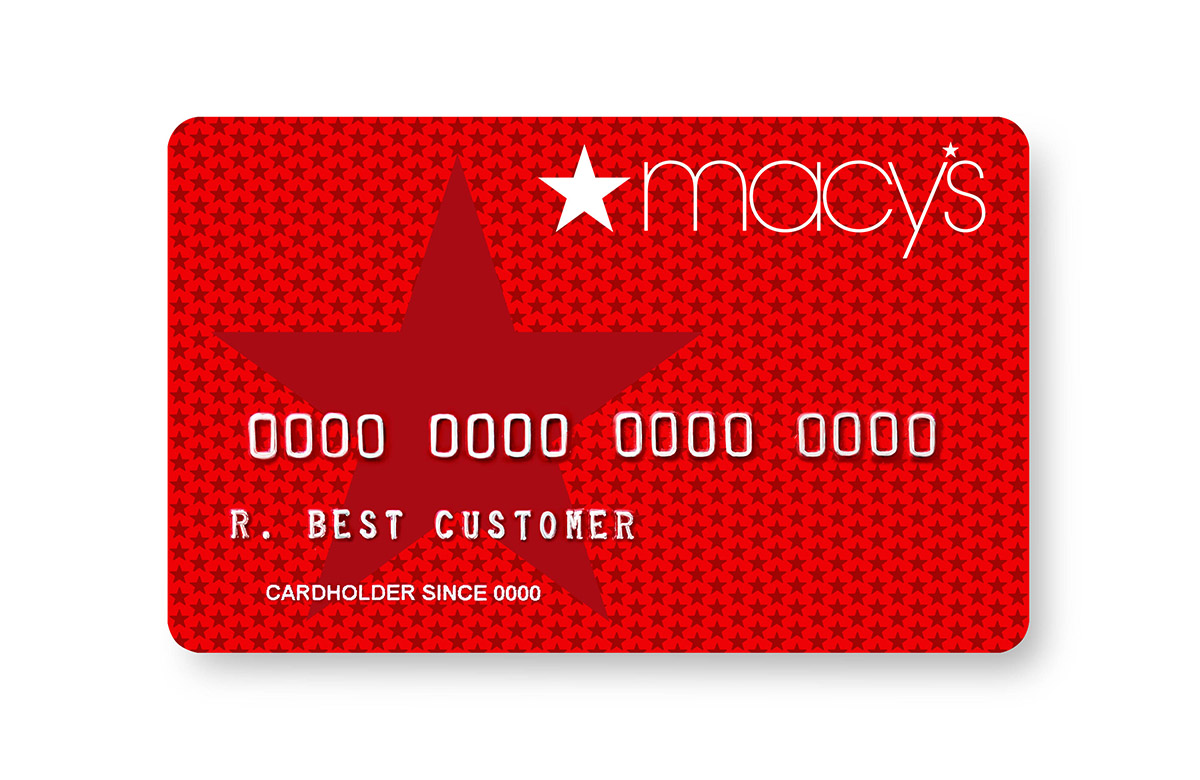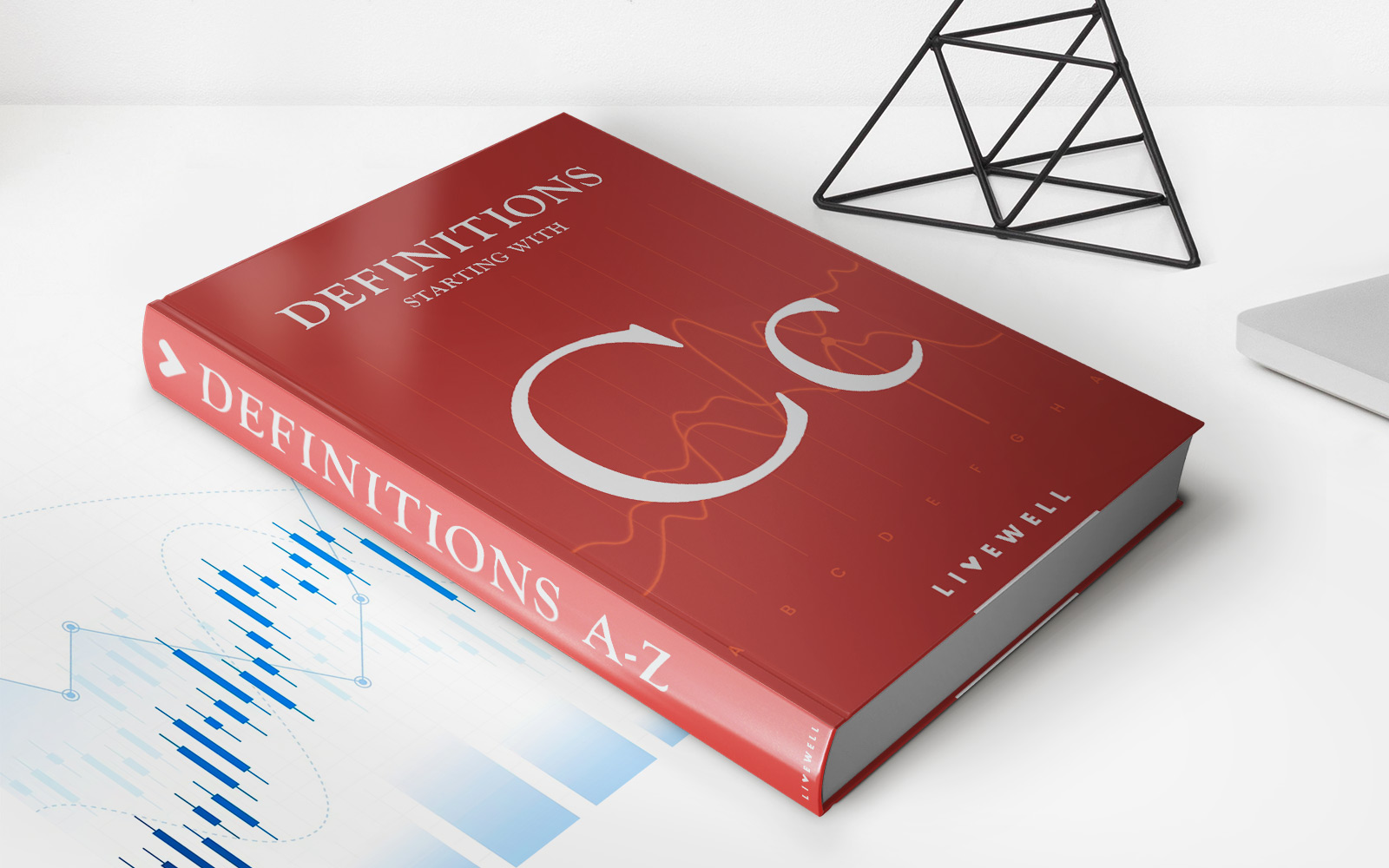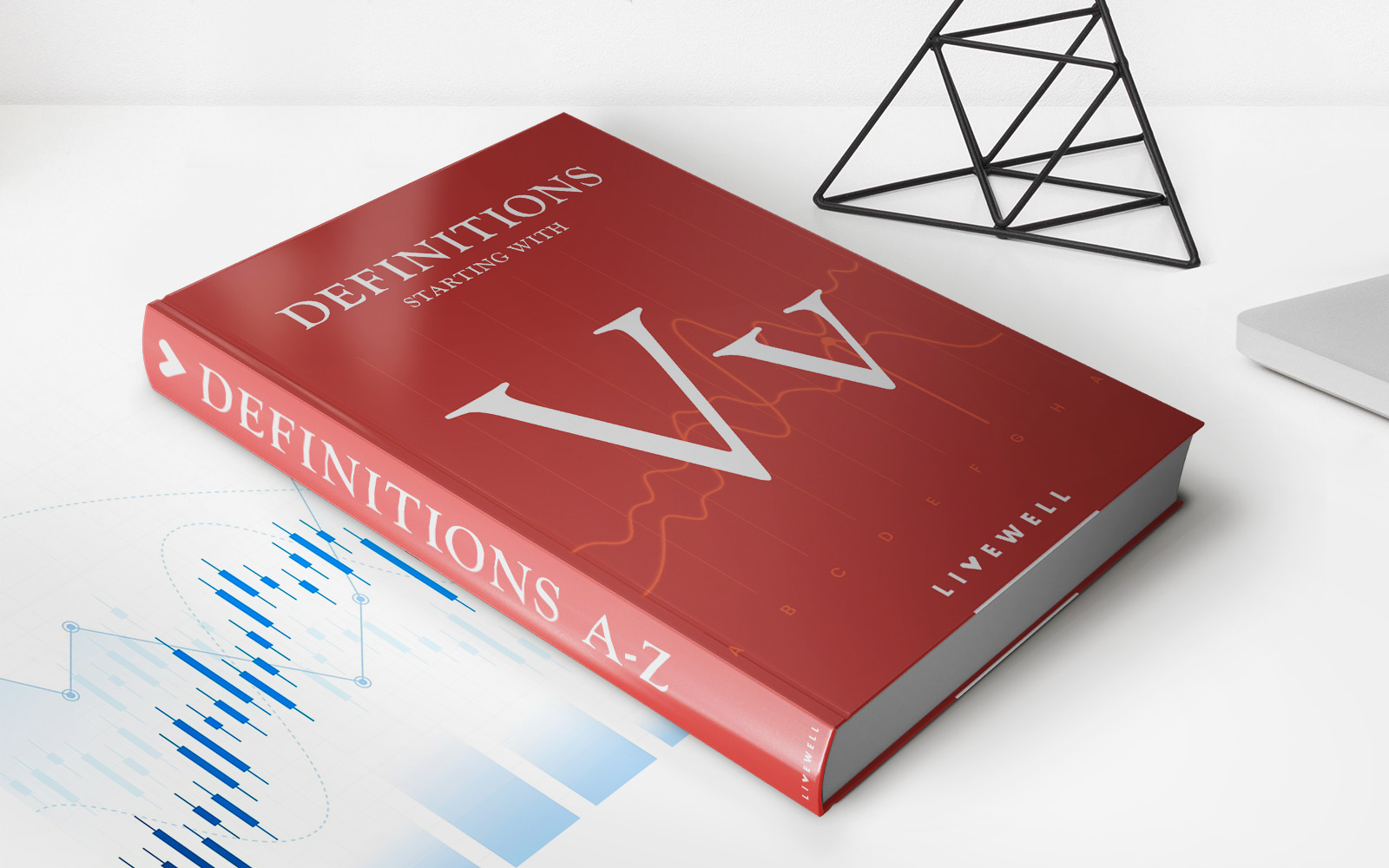Home>Finance>ISO Currency Code: Definition And List For Major Countries
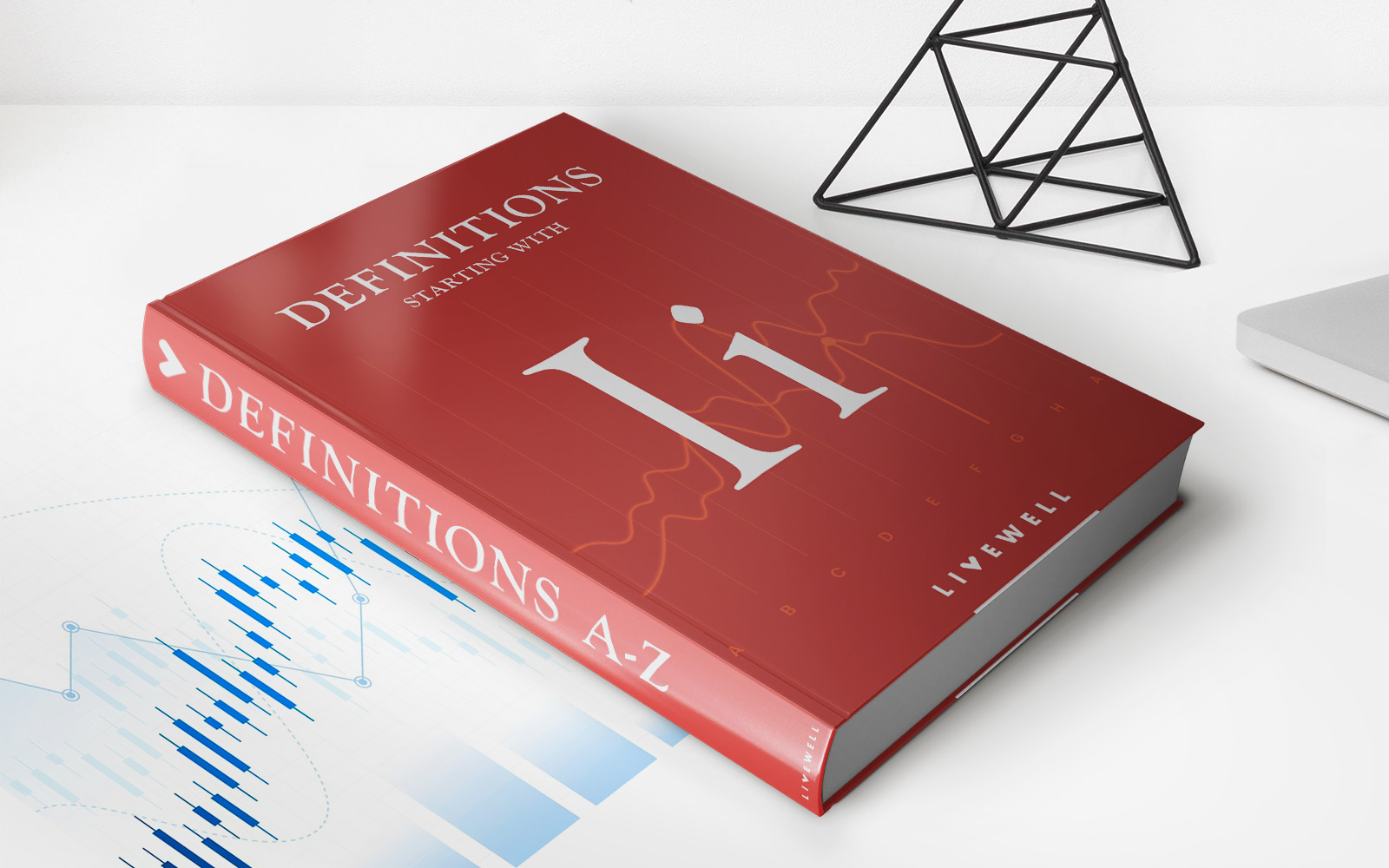

Finance
ISO Currency Code: Definition And List For Major Countries
Published: December 14, 2023
Learn about ISO currency codes in finance, including their definition and a comprehensive list for major countries. Gain insights into global currencies for international transactions.
(Many of the links in this article redirect to a specific reviewed product. Your purchase of these products through affiliate links helps to generate commission for LiveWell, at no extra cost. Learn more)
ISO Currency Code: Definition and List for Major Countries
When it comes to international finance, understanding currency codes is essential. These three-letter codes, established by the International Organization for Standardization (ISO), are used to identify currencies worldwide. Knowing these standardized codes can help businesses, investors, and travelers navigate the global economy with ease.
Key Takeaways:
- ISO currency codes are three-letter alphabetic codes that represent specific currencies.
- These codes are established by the International Organization for Standardization (ISO) to provide a common currency identification system.
Now, let’s take a closer look at ISO currency codes and explore some examples for major countries:
What is an ISO Currency Code?
An ISO currency code is a three-letter alphabetic code that represents a specific currency. These codes are crucial for financial transactions, currency exchanges, and international trade. They provide a standardized way to identify and communicate currencies, ensuring accuracy and consistency in financial dealings worldwide.
Each country or monetary union has its own unique ISO currency code. For example, the United States Dollar has the code “USD,” the Euro has “EUR,” and the Japanese Yen has “JPY.” These codes are widely recognized and accepted across borders, simplifying international financial operations.
ISO Currency Code List for Major Countries
Here is a list of ISO currency codes for major countries:
- United States Dollar (USD): The currency code for the United States Dollar, the world’s most widely used currency in international transactions.
- Euro (EUR): The currency code for the Euro, used by 19 member countries of the European Union.
- British Pound (GBP): The currency code for the British Pound, the currency of the United Kingdom.
- Japanese Yen (JPY): The currency code for the Japanese Yen, the currency of Japan.
- Canadian Dollar (CAD): The currency code for the Canadian Dollar, the currency of Canada.
- Australian Dollar (AUD): The currency code for the Australian Dollar, the currency of Australia.
- Swiss Franc (CHF): The currency code for the Swiss Franc, the currency of Switzerland.
- Chinese Yuan (CNY): The currency code for the Chinese Yuan, the currency of China.
This is just a small selection of ISO currency codes. Each country or union has its own distinct code. You can easily find the code for any currency by searching online or referring to financial databases.
In Summary
Understanding ISO currency codes is crucial in navigating the international finance landscape. These three-letter codes provide a standardized way to identify and communicate currencies worldwide. Here are the key takeaways to remember:
- ISO currency codes are essential for financial transactions, currency exchanges, and international trade.
- These codes are established by the International Organization for Standardization (ISO) and are used to identify specific currencies.
So, whether you’re a business owner, investor, or traveler, make sure to familiarize yourself with the ISO currency codes for major countries. This knowledge will undoubtedly help you navigate the global financial realm with confidence and ease.
